Nature photo of the day: a cockchafer ready to take flight, also known as Melolontha melolontha.
i can't say i remember the day my mother laid me in my crib, the ground covering me up with soil like a blanket to shield me as i grow for three of four summers and winters from a larvae into a grown maybug but i am positive it happened for if it didn't, i would not be here now it's like how you know things without being told for example, you know that you are born, you grow up, and then you become old but look at me i'm off on a tangent again allow me to introduce myself i am a female cockchafer if you paid close attention you could tell my gender by counting the regal leaves on my antenna i have six in total, and i am rather proud of them for they remind me to my favorite plant from when i was young the clover, it is so scrumptious but i suspect you wouldn't find it as tasty as i do but back to my person i have a shiny brown back a black chest covered in tiny hairs, and wondrously thoughtful black eyes i must say, the more i talk about myself the more bewitching i sound speaking of which it is time i look for a husband time is of the essence, you see we only have a few weeks to swarm in the dusk and celebrate our fleeting, beautiful lives - Csermely
On Earth, there are 350,000 described beetle species. However, I couldn’t talk about all of them, for I have and never will encounter them all, nor do you have the time to read about all of them. Today we are taking a deep dive into the world of the cockchafer, for those are the beetles currently feeding on the cherry trees in our backyard.
They have had a special place in my heart since I was little, as they did in ancient Greek children’s hearts… Fun fact: children in ancient Greece tethered a string to the cockchafers feet and watched with delight as they flew around and around in circles. In England, kids used to poke holes in a wing of the cockchafer for the same result. Though this is a bit cruel, the point is that children have loved playing with cockchafers for a very, very long time.
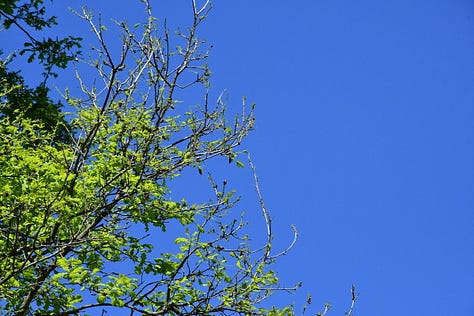
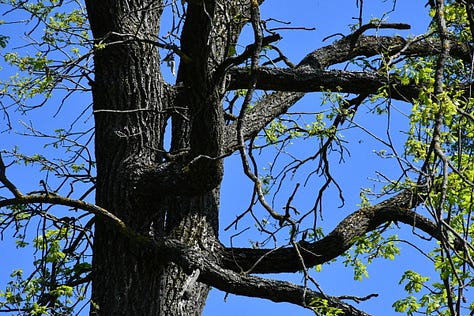
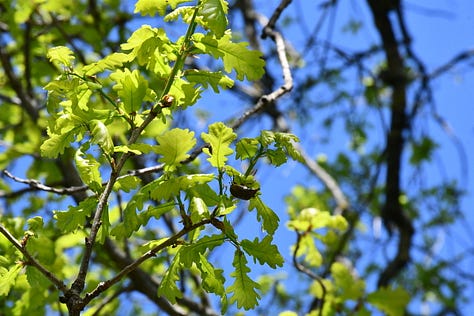
I’m curious… Was there any insect that you played with when you were a wee child? Or did you steer clear whenever you met a flying creature?
More fun facts: the cockchafer is also known as a maybug, maybeetle, doodlebug, or Billy witch, only to mention the names I can find online. There may be more I’ve never heard of. The males have 7 “leaves” on their antennas, whereas the females have only 6. These beings live above ground for only 5-7 weeks after growing in the ground for three to four years in a larval stage.
Since the weather has been so beautiful lately, we have made sure to spend plenty of extra time outside, gardening, noticing things and enjoying the sunshine - which apparently we will not see again for another week, according to the rainy forecast.
Said sunshine is worth fighting for, especially right now in the UK, so make sure that your voice is heard in favor of our dear sun!
Look out for these beetles when you are in nature if you live in Europe - because they are quite amazing. A few nights ago we noticed that cockchafers were swarming around the cherry trees in our yard, making a loud buzzing sound.
It was mesmerizing to watch, especially knowing that they only do this for 10 to 20 days out of the year, at dusk.
As there were witch trials in history, there was also a cockchafer trial. I’m not kidding. I didn’t believe it either at first, until I looked into it.
In 1320, in Avignon, the cockchafer was taken to court and sentenced to leave the area within three days of the trial. When they failed to do this, they were exiled, and they caught and killed as many of the doodlebugs as they could. Imagine doing something like that again?!
A 19th-century recipe from France, for cockchafer soup reads: "roast one pound of cockchafers without wings and legs in sizzling butter, then cook them in a chicken soup, add some veal liver and serve with chives on a toast".
That sounds… delicious. If you didn’t catch my subtle sarcasm, that’s what it was. I would never eat cockchafer soup, though in some parts of Asia, they still do today. Yummy.
Later they also suffered from pesticides, but in the 70’s they began making a comeback, and today they are doing moderately well as a species. If you’re out foraging, you might see a cockchafer or two on flowers, but it’s more likely you will find them in trees.
I enjoyed researching this wondrous beetle immensely, and I suggest that you pick a bug of your choice in your neck of the woods, and research it.
You love what you know. You protect what you love. And if you don’t know anything about bugs, you won’t love or protect them either.
As for the journal prompt of the day:
What is one of my favorite childhood memories of insects?
Share your favorite insect memory in the comments, if you have one. If you don’t, make sure to go out and make some this coming week.
With gratitude,


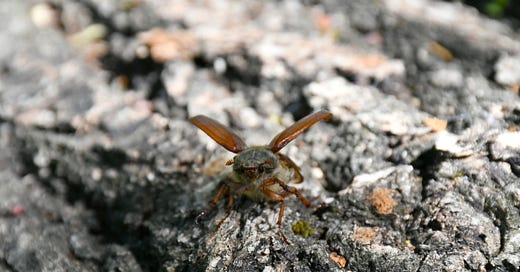



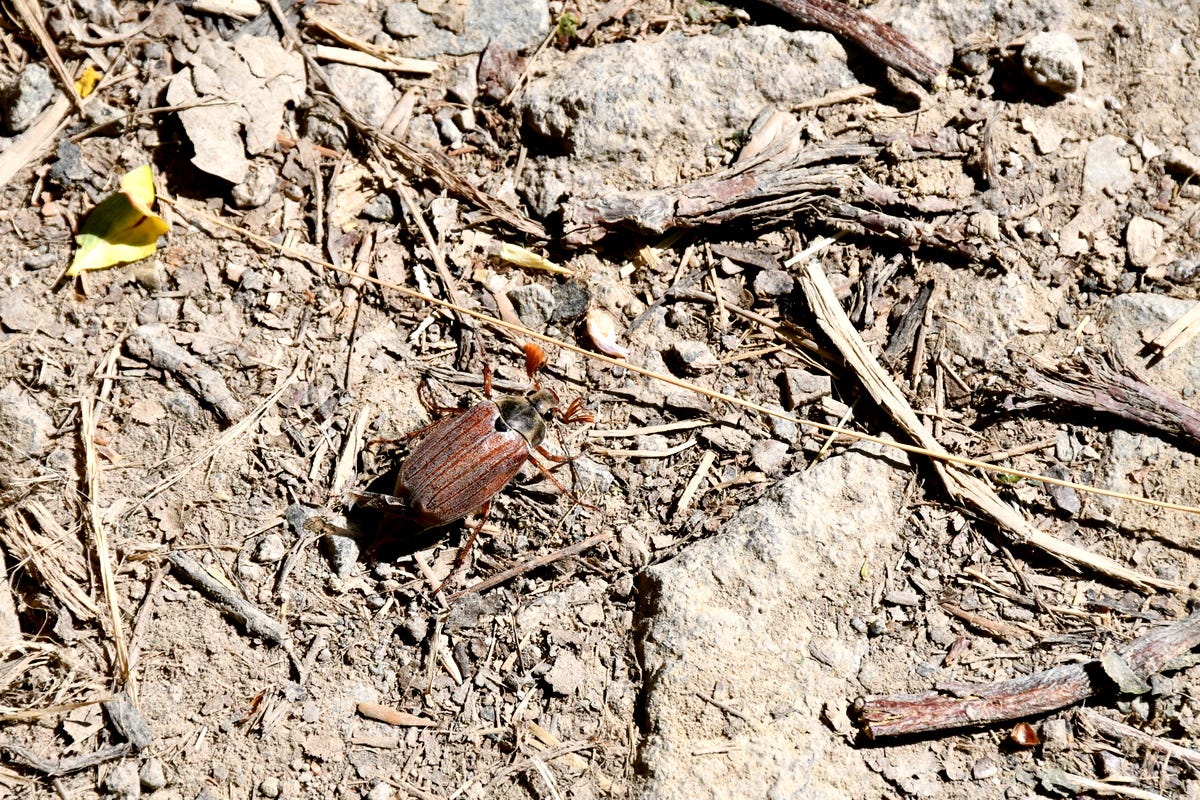
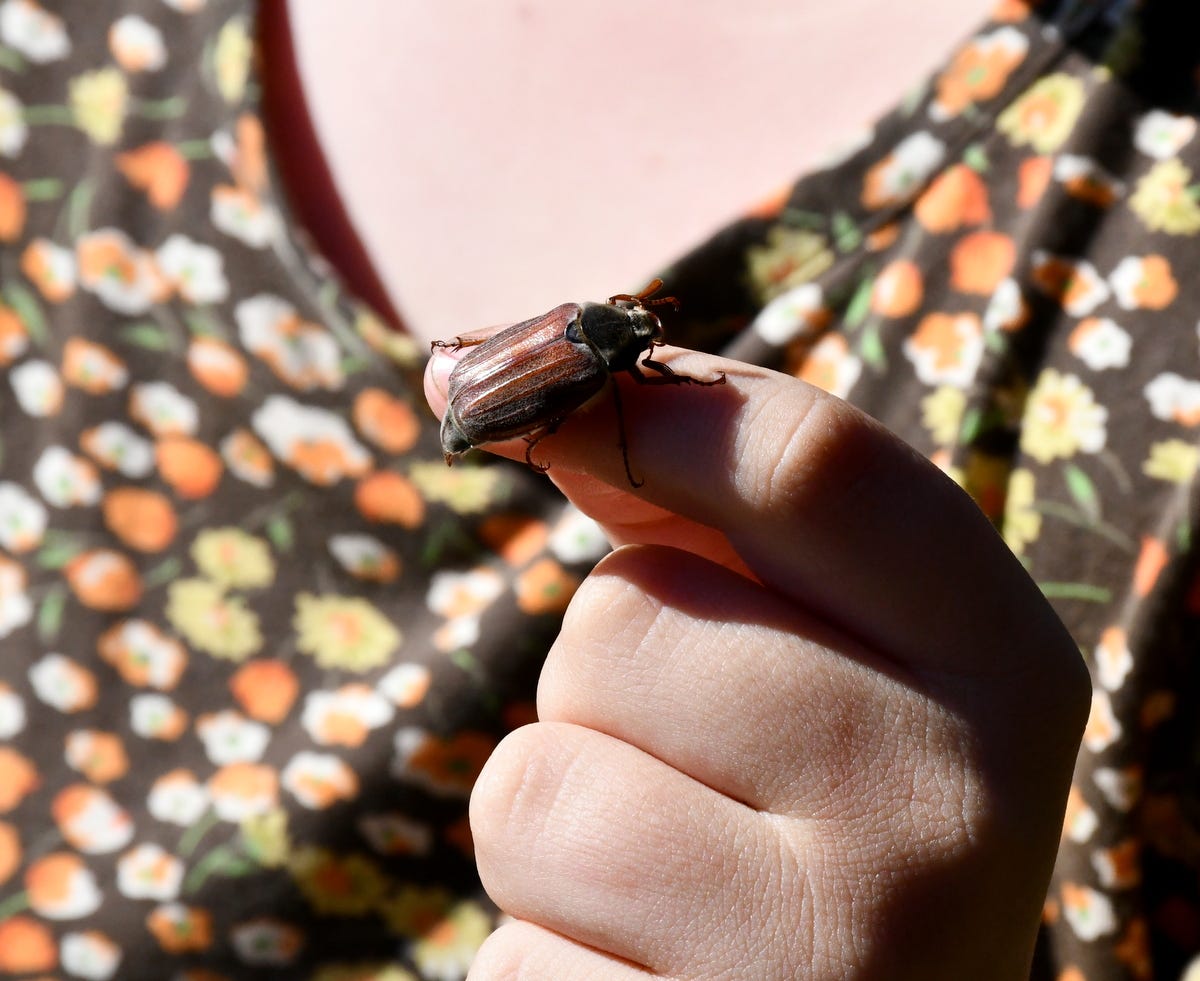

Very cool to learn a bit more about these cockchafers! A couple years ago there was a "plague" of them here in NZ in some of the beachtowns - but we lived by the beach back then and can't say I experienced them as a plague. Thanks for teaching me some fun facts about them!
What a lovely post. For me it was all about the ladybirds. I recently wrote a post about them and you are right, I had so much fun learning more about them.